About
The “Integrated Tick Management Program” at the Entomology Research Laboratory, Department of Agriculture, Landscape and Environment, College of Agriculture and Life Sciences, conducts research and provides educational outreach that focuses on the management of ticks that threaten the health of humans, pets, livestock and wildlife. Some of our research initiatives are described below. If you are interested in learning more about our program, contact Cheryl Sullivan, Research Assistant Professor, at (802) 656-5434, or cfrank@uvm.edu.
This work is not possible without funds from grants and gifts. Donations to assist with acquisition of research equipment and to support current project initiatives are welcome to the “Tick Management Research Fund” through the UVM Foundation. We deeply appreciate the assistance we receive through our private donors.
Tick Encounter Risk on Farms
Knowledge, Attitude and Prevention Practices of Agricultural Producers About Ticks and Tick-Borne Disease Risk in Vermont.
Ticks and tick-borne diseases (TBD) are increasing in northern New England. Vermont has some of the highest reports of Lyme disease and anaplasmosis in the US. Vermont is rural with a strong agriculturally-based economy. Tick bites and TBD are a serious occupational hazard for outdoor workers, e.g., farmers and woodland managers. The risk of acquiring TBD for farmers and their employees can be reduced by their knowledge about ticks and bite prevention. This project focuses on human risk among farmers and their employees by reducing health hazards associated with ticks and TBD. It also addresses production risk through management practices that reduce animal exposure to ticks. A survey will determine knowledge of Vermont agricultural producers about ticks and TBD and prevention practices used. Knowledge gaps will be identified so useful, practical information are developed. The economic viability of participating farms will be improved by reducing exposure of farmers, their employees, livestock and pets to TBD through targeted messaging. On-farm sampling will be conducted to generate data on tick abundance among different agricultural commodities and management practices. This is material is based upon work supported by USDA/NIFA under Award Number 2023-70027-40447.
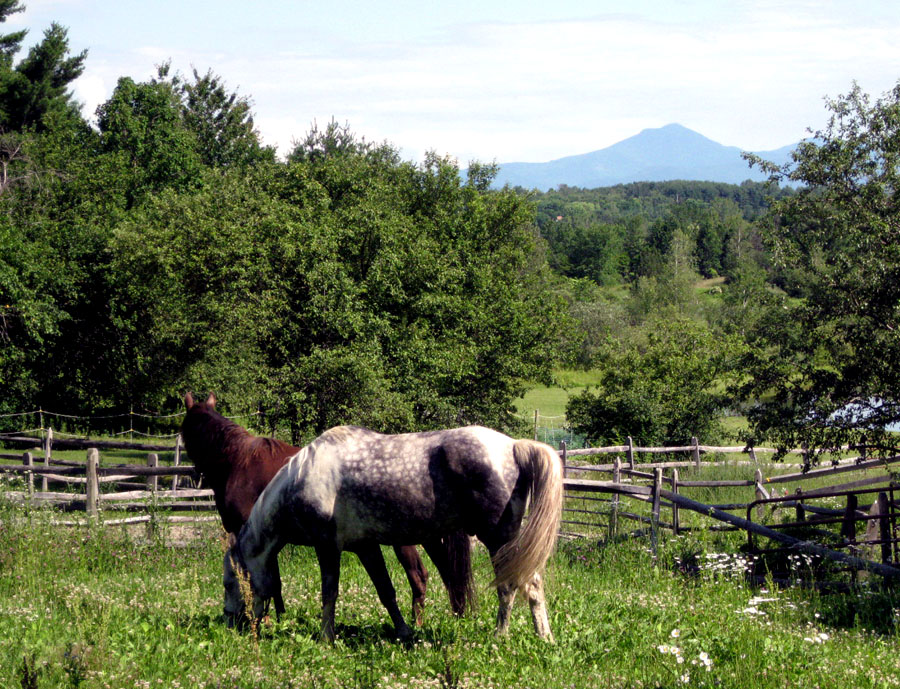
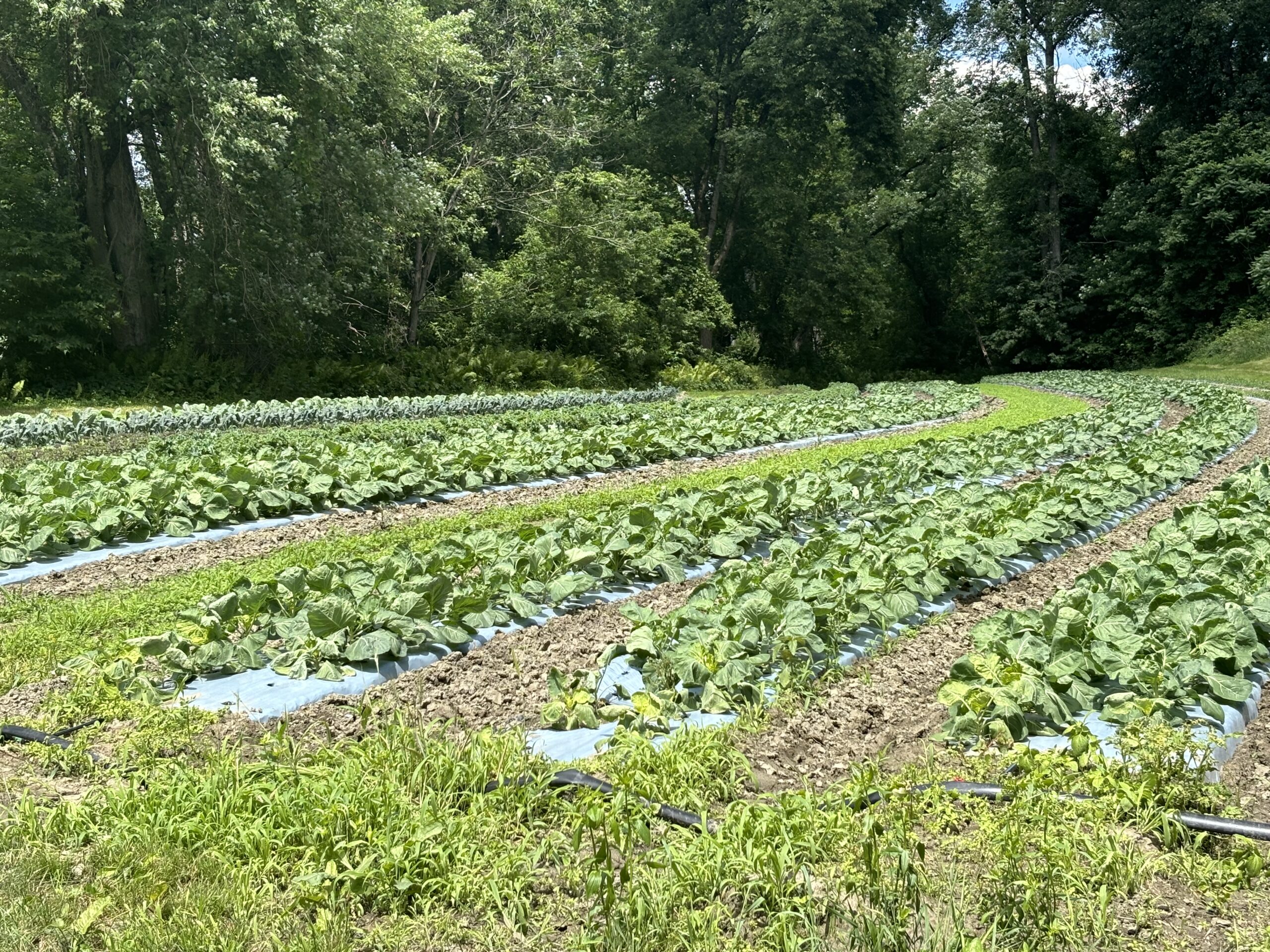
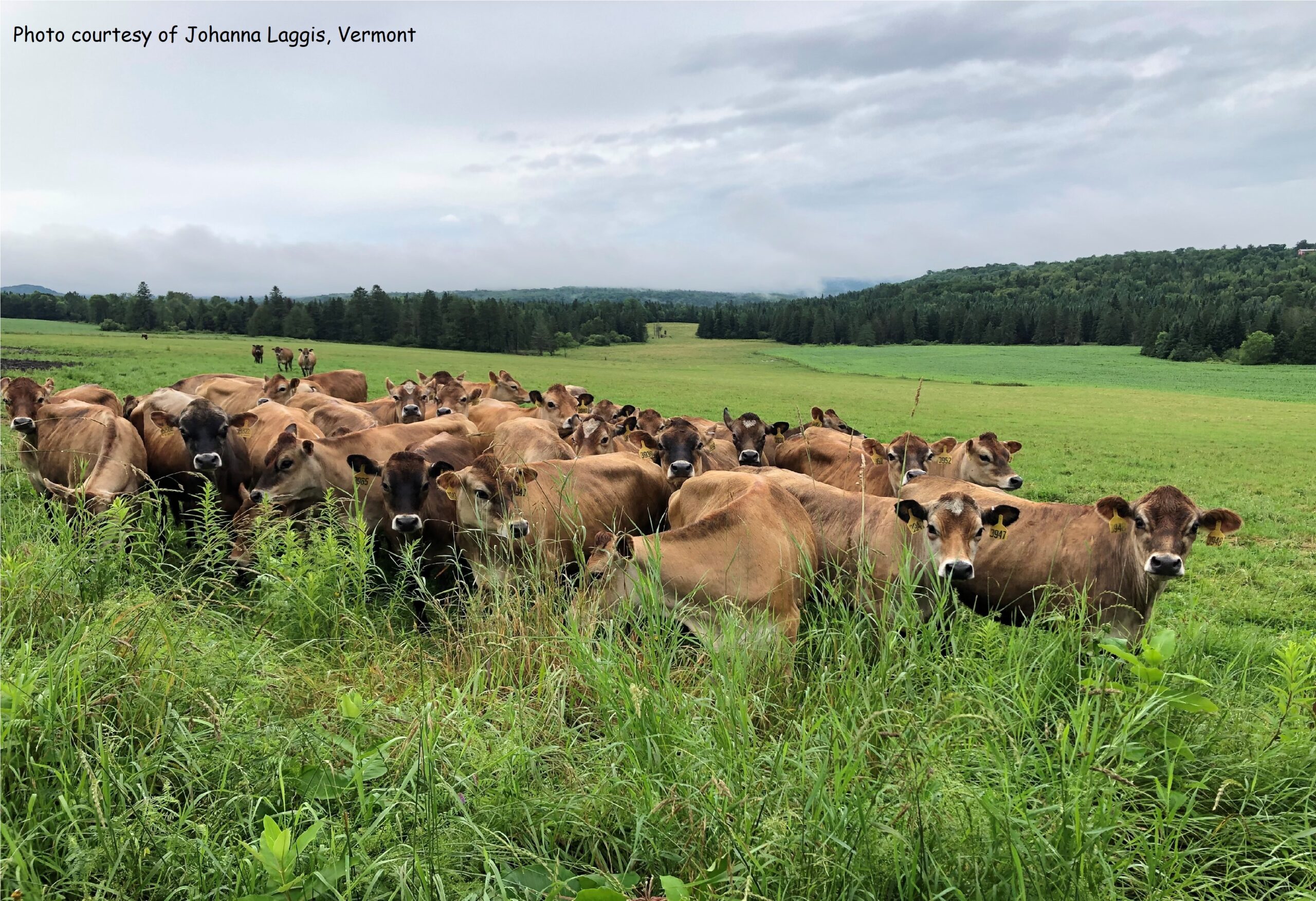
Effects of Sugarbush Management on Ticks
Forest structure and understory conditions and the way they are managed may impact ticks and the pathogens they transmit. Understanding the interactions among ticks, their habitats and human encounter risk are fundamental factors that can help reduce tick-borne diseases within the tick’s expanded range. Ticks are an occupational hazard for people who work and recreate outdoors. Maple sugar makers and other woodlot managers are at high risk of encountering ticks. We have been examining tick abundance in maple woodlots across Vermont as it related to forest structure and composition, particularly as it relates to understory invasive, plant species density.
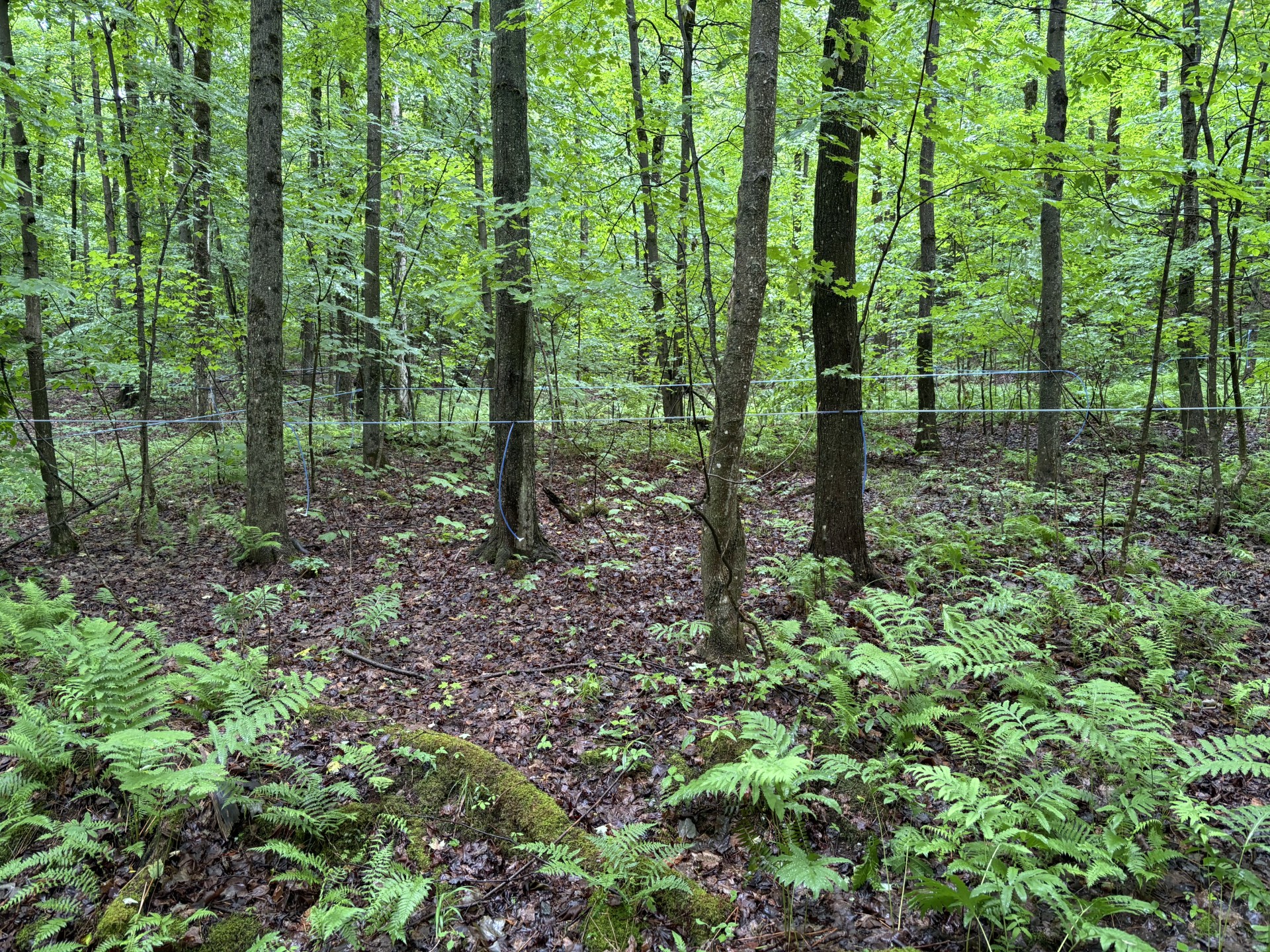
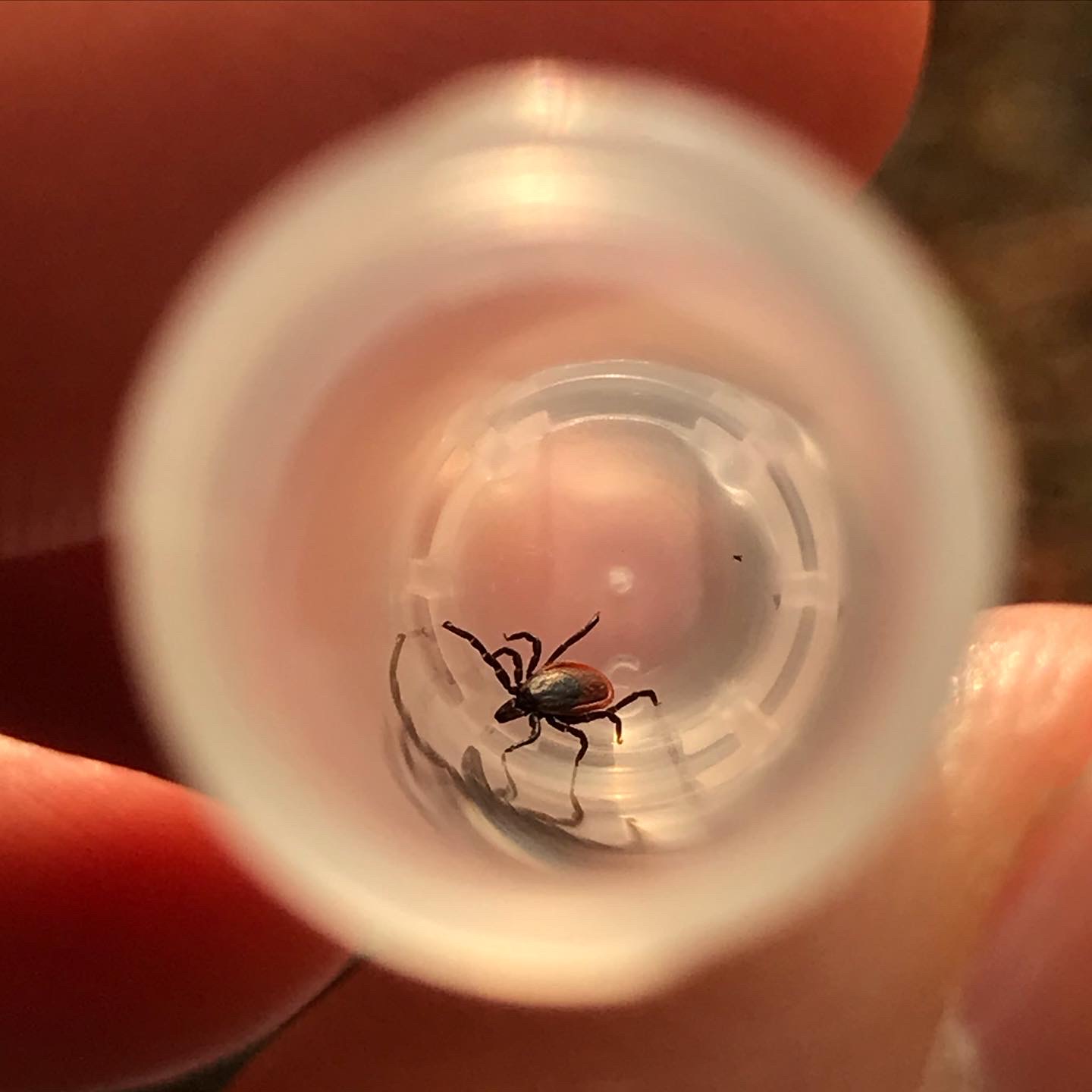
An Integrated Approach to Tick Surveillance, Management, and Outreach in Northern New England
Ticks and tick-borne diseases are on the rise in northern New England as tick ranges expand. Maine and Vermont are top states for Lyme disease and anaplasmosis, caused by bacteria from blacklegged tick bites. Winter ticks have been causing unprecedented declines in the health and productivity of moose and the Asian longhorned tick is encroaching on the southern edge of the region. Chemical pesticides applied to the landscape or used on domestic animals and livestock, as well as repellants used by humans, are the primary means of managing ticks, despite the potential negative impacts from these products to humans, animals and non-target organisms.
This project will advance Integrated Tick Management (ITM) using a One Health approach focused on surveillance, suppression and outreach across northern New England (Vermont, Maine, New Hampshire). The One Health approach recognizes that the health of people, animals and the environment is interconnected, and a multi-faceted strategy is needed to reduce tick populations and prevent the spread of tick-borne diseases.
Working with the University of New Hampshire, NH Veterinary Diagnostic Laboratory and University of Maine, Cooperative Extension Diagnostic and Research Laboratory, federal and state agencies, non-governmental organizations, and other stakeholders a regional tick and tick-borne disease surveillance plan will be expanded to include metagenomic analyses of ticks collected from wildlife and other animals to screen for existing and emerging threats. Investigations into the effects of habitat management (i.e., forestry practices and prescribed fires) on ticks and the establishment of long-term surveillance sites with microclimate recording for black-legged and winter ticks will be established across the region.
An ITM strategy focusing on host deterrence and biological control within high-risk tick management zones will be tested. For this field trial, the efficacy of a commercially available biopesticide will be assessed in combination with other ITM practices that focus on host deterrence. Public education and outreach about ticks and tick-borne disease prevention will be expanded throughout the region. Support provided by the USGS under Grant # G23AC0048700.
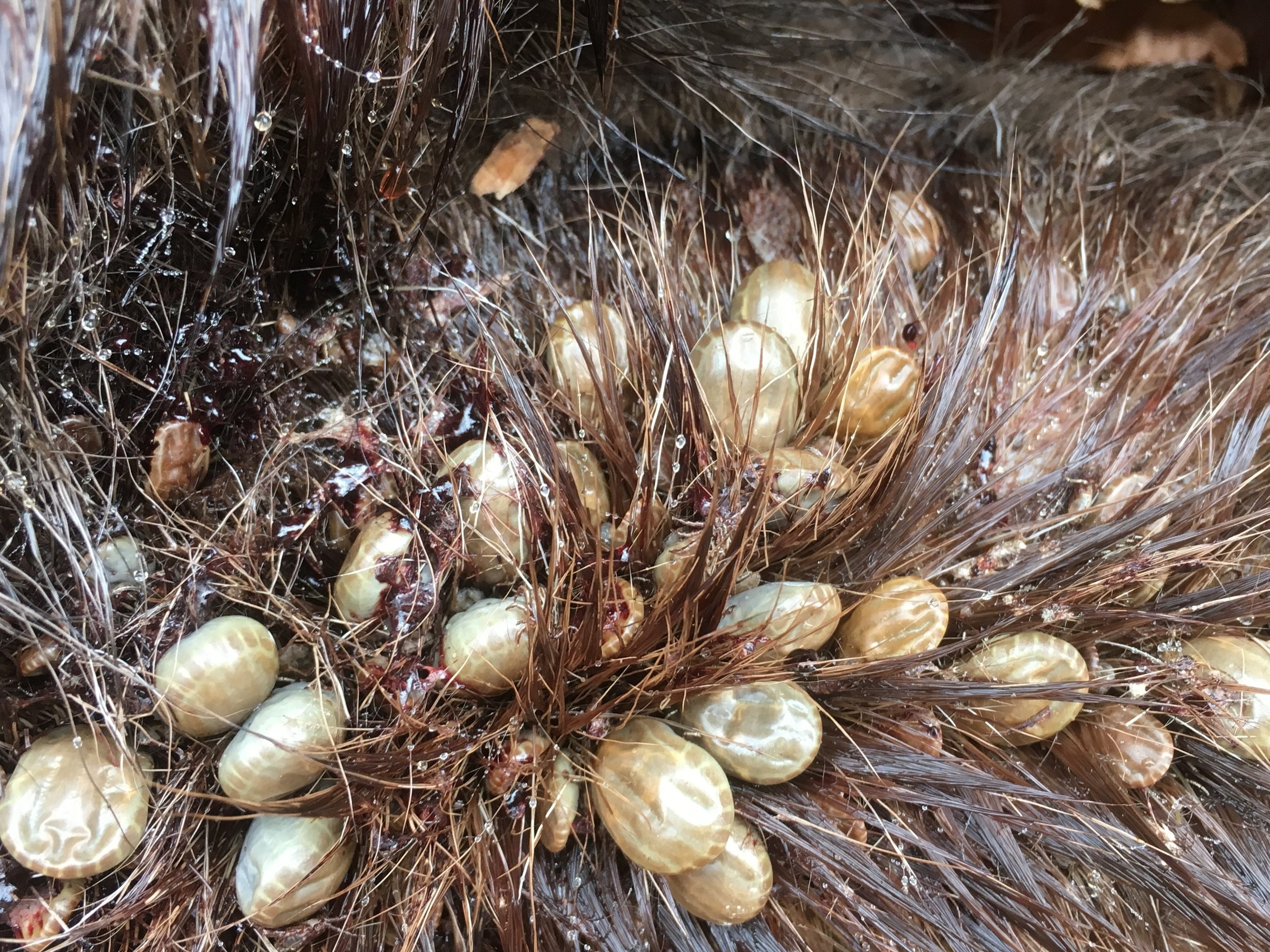
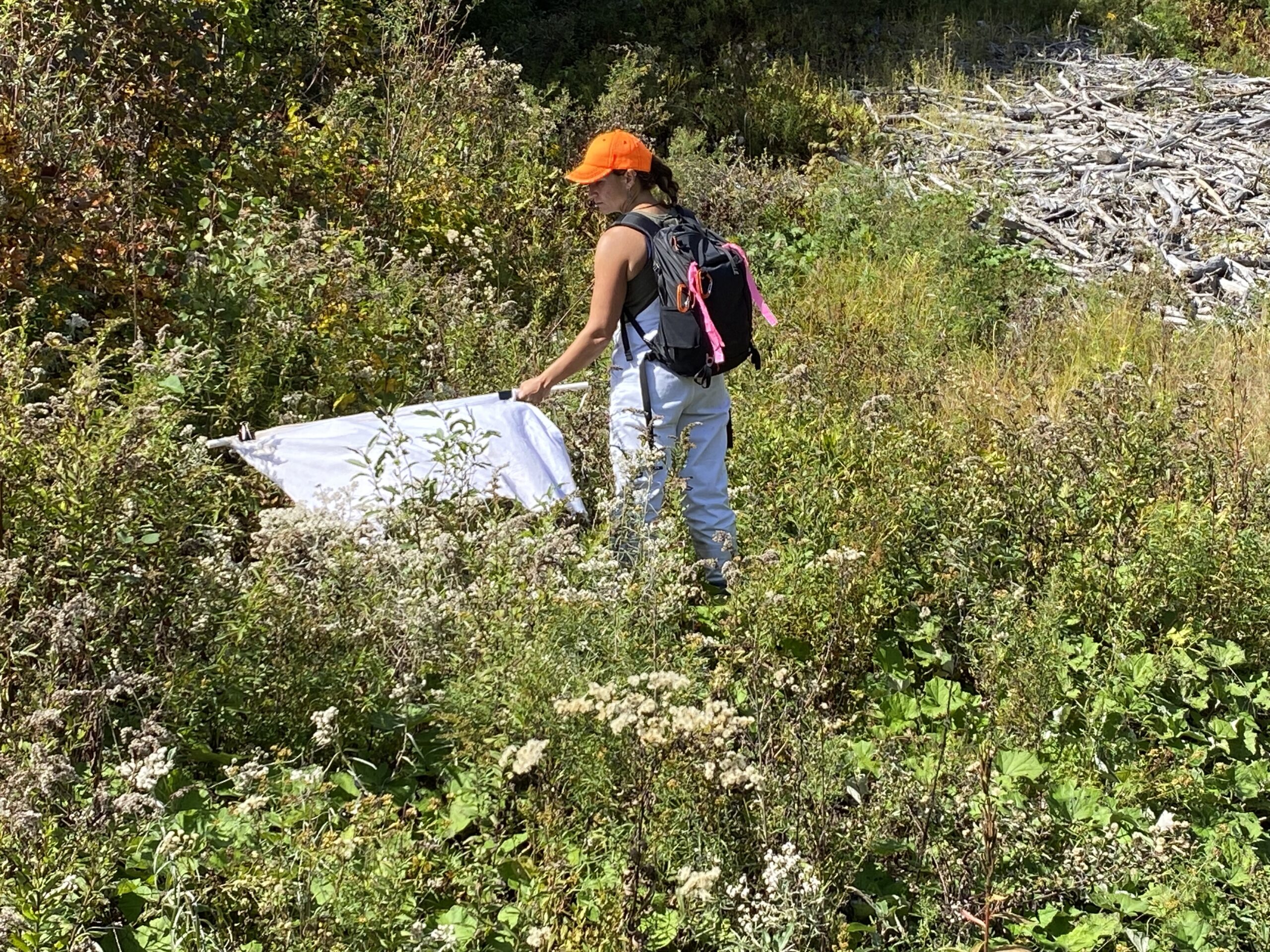
Bat Ticks
In 2021, we discovered VTs first bat tick – Alectorobius kelleyi, formerly known as Carios kelleyi. Prior to this discovery, Vermont had records for only hard ticks, of which there were 14 different species. The bat tick primarily parasitizes bats and can harbor bacteria known to cause disease in humans. Human-tick encounters may occur when bats occupy attics or similar dwellings with access to human-inhabited areas. Occasionally, they can stray from where bats dwell and bite humans or pets. In Vermont’s case, the tick had fed on the family dog. The implications for the health of humans, domestic animals, and bats in northern New England remain unclear. It is unknown how long the bat tick has been in this state but reports of this species are on the rise across the Northeast. The bat tick is now confirmed in 32 states.
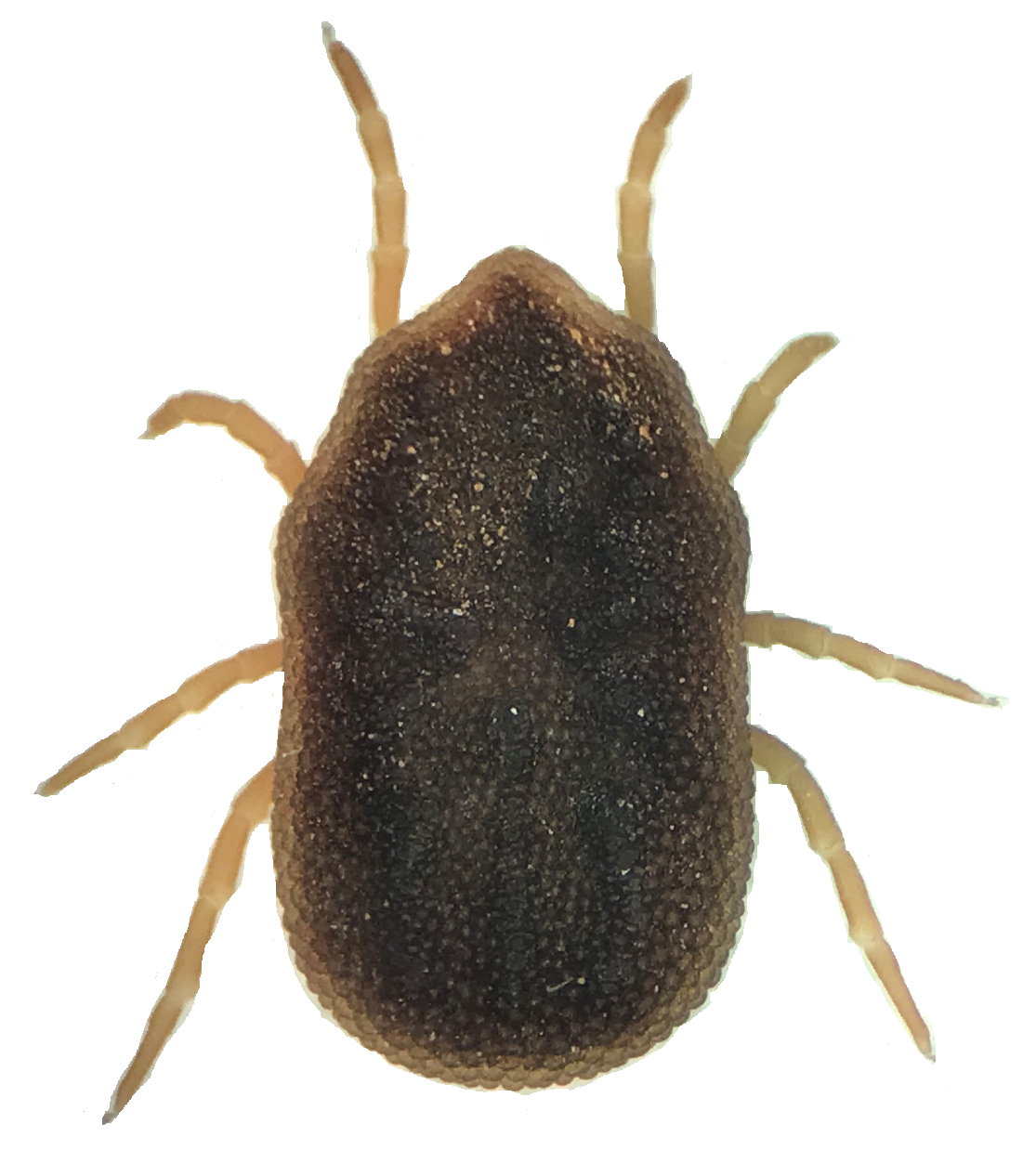
For more information, check out the following links.
- Bat Ticks in Vermont Factsheet
- Bat Ticks Discovered in Vermont by UVM Entomologists. UVM CALS What’s Buzzing
- Vermont sees its first bat tick. (WCAX)
- Bat tick found in Vermont for the first time. (The Pesticide Applicator Report – Vermont Agency of Agriculture, Food & Markets and UVM Extension). Spring 2022. Vol.23, Issue1.
- Sullivan, C.F., Occi, J., Brennan, J., Robbins, R., Skinner, M., Bennett, A., Parker, B.L., Fonseca, D. 2022. First report of the bat tick Carios kelleyi (Acari: Ixodida: Argasidae) from Vermont, USA. Journal of Medical Entomology. 59(2):784-787. DOI: 10.1093/jme/tjab232
- Occi, J.L., D.C. Price, M. Hall, V. Campbell, S. Stronsick, C.F. Sullivan, R. Persepane, J.G. Gonzalez; A. Toledo, D.M. Fonseca. 2023. Rickettsia and relapsing fever Borrelia in Alectorobius kelleyi (Ixodida: Argasidae) from peri domestic bats in the northeastern United States. Ticks & Tick-Borne Diseases. 14(3):102157. DOI: 10.1016/j.ttbdis.2023.102157
Winter Ticks
Winter ticks (Dermacentor albipictus) are a one-host tick. They use one host to feed and molt on throughout their life cycle. They commonly infest large ungulates such as moose, elk, horses and cattle. Moose are particularly susceptible to winter tick infestations because they lack proficient grooming habits. They are a widely distributed species found across North America. In Vermont, they are most frequently encountered in the northeastern corner where moose are abundant. Many ticks exhibit a host density-dependent relationship where they often exist in high numbers alongside a thriving host population. There is currently no practical solution to manage winter ticks other than reducing the host population. We have examined the use of different fungal biopesticide formulations as a possible strategy to manage the off-host larval stage while they are free living in the environment during summer and autumn. We are currently assessing their off-host occurrence where moose are abundance in Vermont.
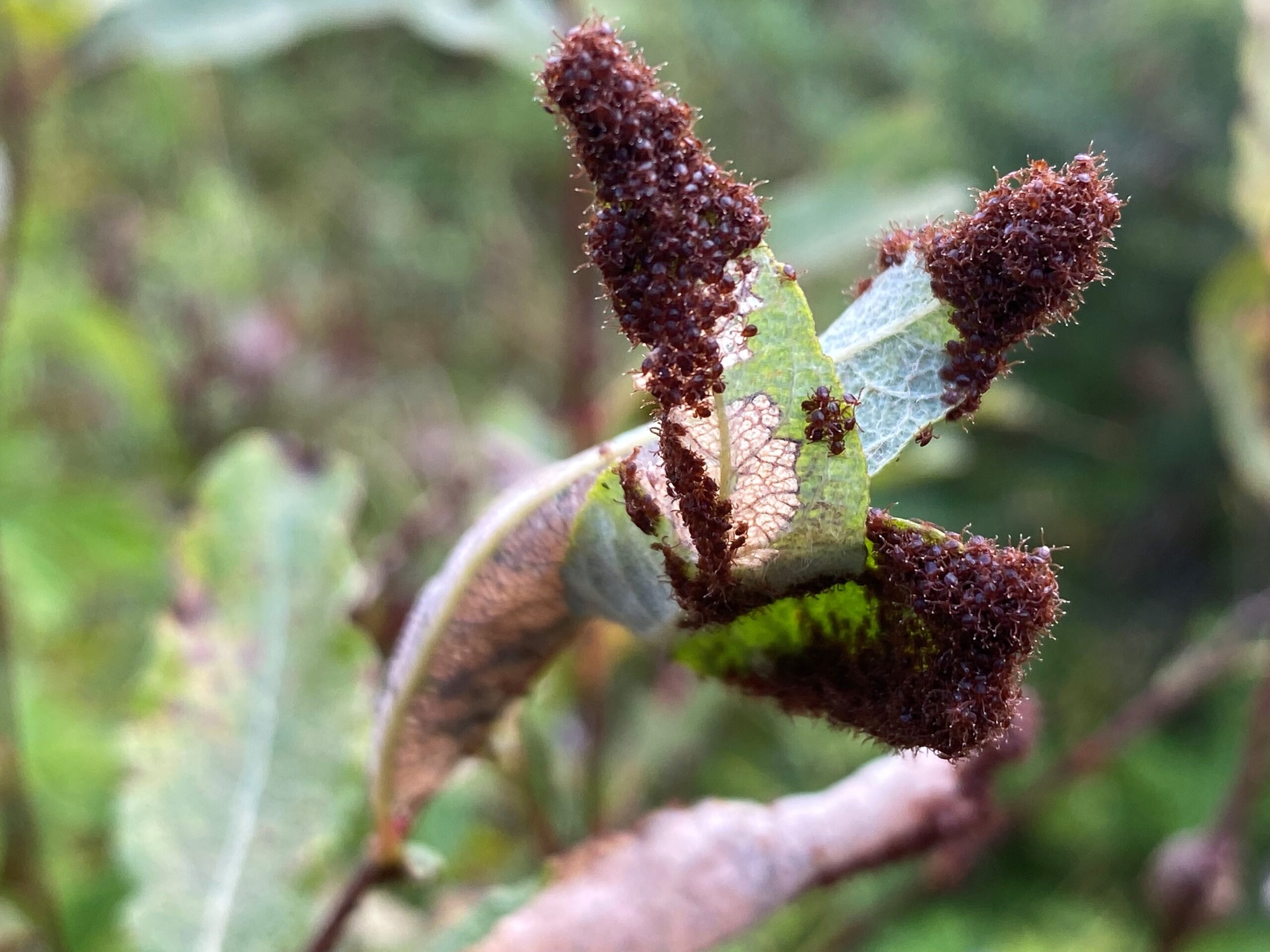
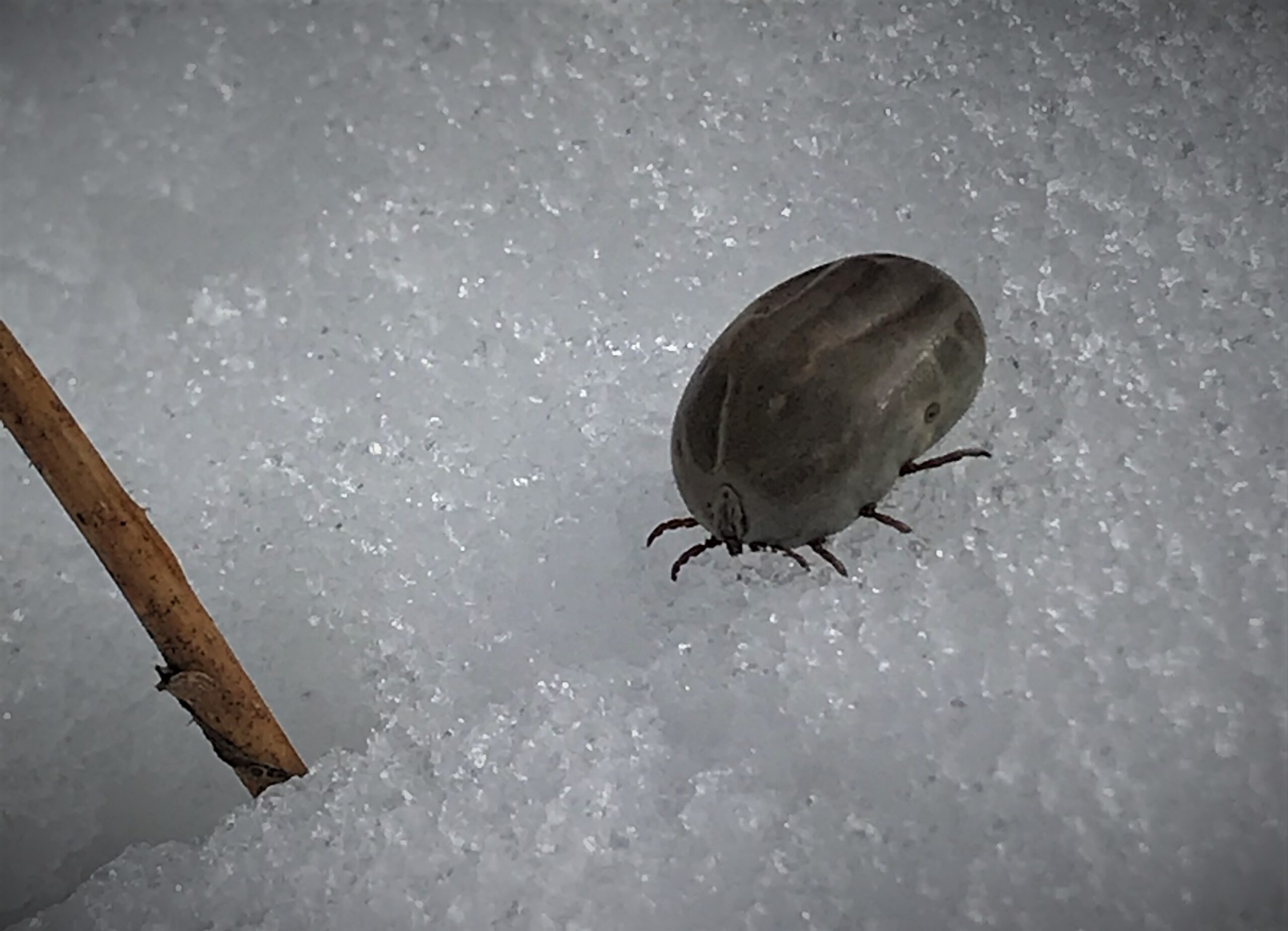
Biopesticide Development
Biological control of arthropod pests using microbial formulations (those that contain organisms like bacteria and entomopathogenic (insect-killing) fungi) are promising alternatives to chemical pesticides. Several species of fungi and various formulations (oil-based, solid granules, wettable powders, etc.) have been developed commercially as mycoinsecticides and mycoacaricides, worldwide, but few have been registered for ticks. Much of our research focuses on the development and testing of fungal-based biopesticide formulations. Many of the fungal strains we test are isolated from routine field surveys for ticks. Use of biopesticides is most promising when combined with other strategies within an “integrated tick management” program.

Read more about our work
Selected Media Coverage:
- Why hunt moose to save them from winter ticks? Experts see few other ways to stem the grisly pests. Community News Service, UVM. 5/6/2024
- Scientists Seek Solutions to the Ever-Growing Problem of Ticks — and the Diseases They Carry. Seven Days. 5/17/2023
- USFW Service Supports Winter Tick Research Using Fungi to Decrease Tick Populations. 2/8/2023
- Hunting moose to help save them: some states are giving it a shot. NPR All Things Considered. 3/17/2022
- Tick populations are increasing and so is Vermont’s Lyme disease rate; Here’s what to know. (Burlington Free Press). 2/24/2022
- Fungi may kill winter ticks – and help moose survive. (The Outside Story, Northern Woodlands). 1/17/2022
- Small fungus formulations could make big difference to protect moose from winter ticks (Morris Animal Foundation). 8/6/2021
- Fungi for management of moose ticks (American Wildlife Conservation Foundation News). 7/1/2020
- UVM researcher seeks to target moose-killing ticks with fungi. (VT Digger). 10/16/2019
- UVM research on tick-killing fungus could protect moose from deadly ‘tick bombs’. (Vermont Public Radio). 10/22/2019
- Naturally occurring fungi could curb moose tick plague, UVM entomologists find. (UVM Today). 10/9/2019
Selected Publications:
- Sullivan, C.F. Parker, B.L., Skinner, M. 2022. Survival of off-host Dermacentor albipictus (Acari: Ixodidae) adult females and larvae underwater. Canadian Journal of Zoology. 100(7):474-479.DOI: 10.1139/cjz-2022-0003
- Sullivan, C.F., Ghalehgolabbehbahani, A., Parker, B.L., and Skinner, M. 2022. Mortality of various-age larval winter ticks, Dermacentor albipictus, following surface contact with commercial mycoacaricides. Experimental Parasitology. 108292. DOI: 10.1016/j.exppara.2022.108292
- Sullivan, C.F., Parker, B.L., Skinner, M. 2022. A review of commercial Beauveria– and Metarhizium-based biopesticides for the biological control of ticks in the USA. Insects – Special Issue – Ecology of Ticks and Their Control. 13(3), 260; DOI:10.3390/insects13030260
- Sullivan, C.F., Parker, B.L., Kim, J.S., and Skinner, M. 2021. Effectiveness of granular formulations of Metarhizium anisopliae and Metarhizium brunneum (Hypocreales: Clavicipitaceae) on off-host larvae of Dermacentor albipictus (Acari: Ixodidae). Biocontrol Sci Tech. 31:11, 1113-1127 DOI:10.1080/09583157.2021.1926428
- Sullivan, C.F., Parker, B.L., Davari, A., Lee, M.R., Kim, J.S., and Skinner, M. 2020. Evaluation of spray applications of Metarhizium anisopliae, Metarhizium brunneum and Beauveria bassiana against larval winter ticks, Dermacentor albipictus. Exp Appl Acarol, 82:559–570. DOI:10.1007/s10493-020-00547-6
- Sullivan, C.F., Parker, B.L., Davari, A., Lee, M.R., Kim, J.S., and Skinner, 2020. M. Pathogenicity of Metarhizium anisopliae and Metarhizium brunneum isolates and efficacy of Met52 G against winter tick larvae, 2019. Arthropod Manag Tests, 45:1-3. DOI:10.1093/amt/tsaa100
Thank you to our sponsors, collaborators, private donors and the numerous private landowners who grant us access to their properties.





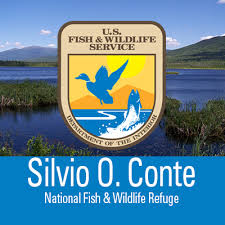
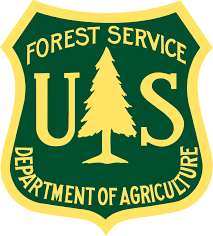

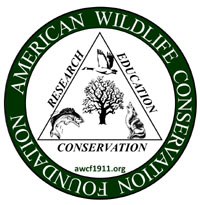


Last update: March 2025
